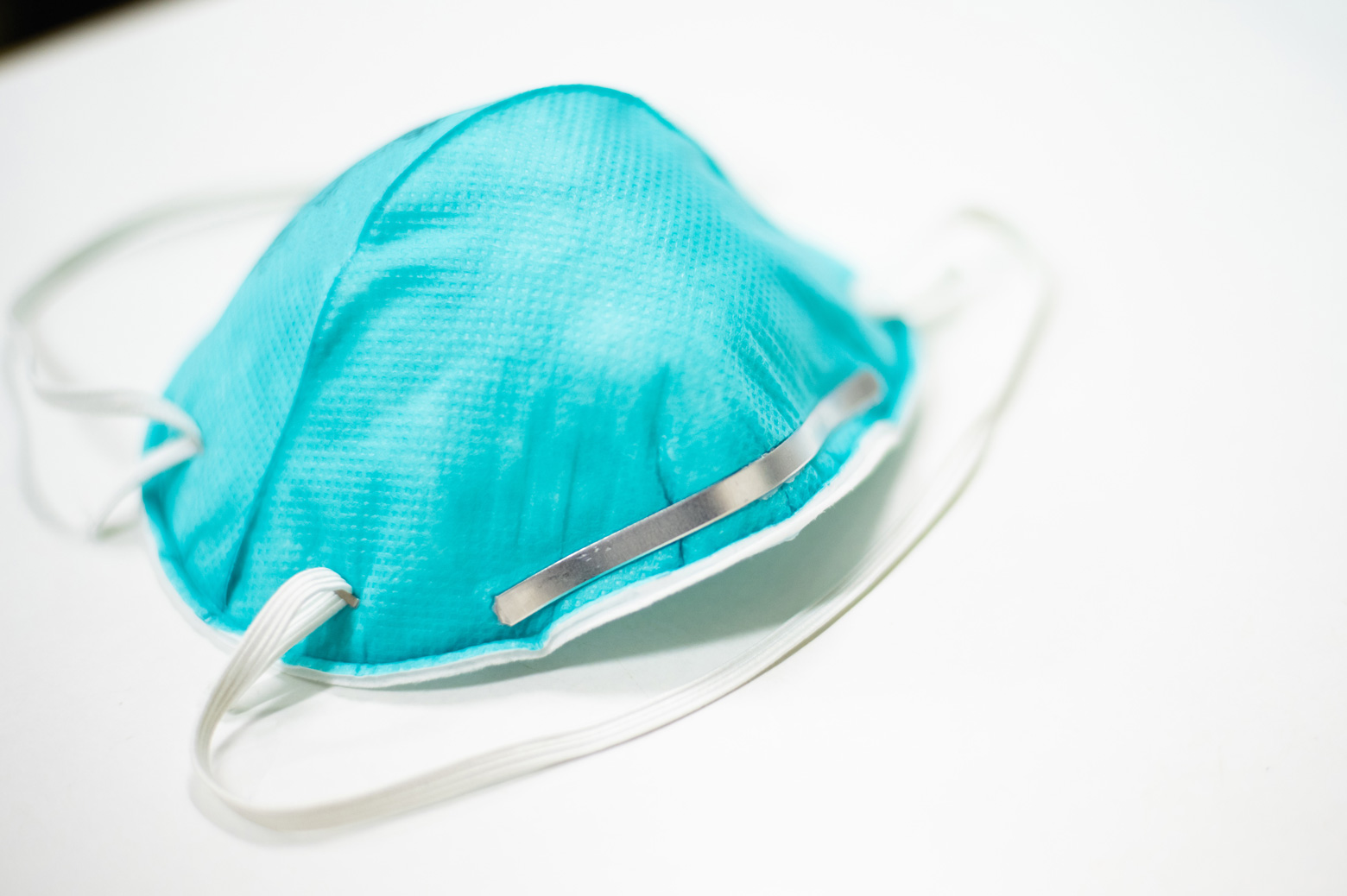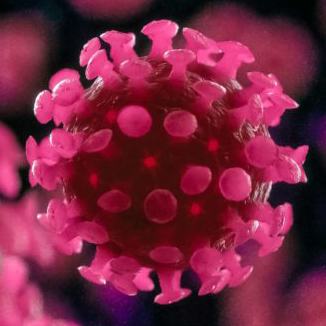Guidance on decontaminating face masks: U-M researchers contribute to national effort
Collaborative website launched while U-M researchers continue advanced testing.
Two University of Michigan engineering professors are contributing to a national, volunteer effort to develop guidance for hospitals that need to decontaminate face masks for healthcare workers.

 Enlarge
Enlarge
Nancy Love, the Borchardt and Glysson Collegiate Professor of Civil and Environmental Engineering, and Kevin Fu, associate professor of electrical engineering and computer science, are part of N95Decon, a group of 60 scientists and engineers, students, and clinicians drawn from universities and the private sector. Today, they launched N95decon.org, a website that synthesizes the current scientific literature about mask decontamination.
“I think there’s a lot of uncertainty among the healthcare systems on the science behind different decontamination methods,” Fu said. “We provide a rigorous scientific assessment to reduce the uncertainty. There is no perfect method. Decision-makers need to make their own choices given their local circumstances and conditions.”
In this consortium, Fu was involved in advising on regulatory science issues. Love worked with others to explore various decontamination methods.
“Right now what’s needed is information on what we know and what we don’t know and that’s what the consortium has provided,” Love said. “This extensive and collaborative literature review has told us what we need to do in the labs, and we’re seeing universities and industry researchers rapidly direct their energy to answer those important questions.”
In addition, through a separate effort, Love and more than a dozen other U-M researchers are conducting broad-based experiments to identify new efficient and effective ways to decontaminate N95 respirator masks for re-use in the current COVID-19 pandemic.
N95Decon includes researchers and students from U-M, Stanford University, UC San Francisco, UC Berkeley, University of Chicago, Georgetown University, Harvard University, Seattle University, University of Utah and Massachusetts Institute of Technology, as well as professionals from companies such as Consolidated Sterilizers and X, the Moonshot Factory.
Over the past few weeks, they’ve scoured hundreds of peer-reviewed publications, and held continuous online meetings to review studies of decontamination methods that had been used to inactivate previous viral and bacterial pathogens, and to then assess the potential for these methods to neutralize the novel SARS-CoV-2 virus that causes COVID-19.
Their goal was to provide overwhelmed health officials—without the time to study the literature for themselves—reliable, pre-digested scientific information about the pros and cons of three decontamination methods that offer the best options should local shortages force a choice between decontamination and reuse, or going unmasked. The three methods involve heat and humidity; a specific wavelength of light called ultraviolet C (UVC); and treatment with hydrogen peroxide vapors (HPV). The scientists did not endorse any one method but instead sought to describe the circumstances under which each could inactivate the virus provided rigorous procedures were followed.
The consortium’s leadership emphasizes the important role that students and postdoctoral researchers have played in this effort.

 Enlarge
Enlarge
The research featured in this story is related to some of the issues facing individuals around the world due to COVID-19. See our COVID-19 page for additional resources and news from Electrical & Computer Engineering.
 MENU
MENU 
